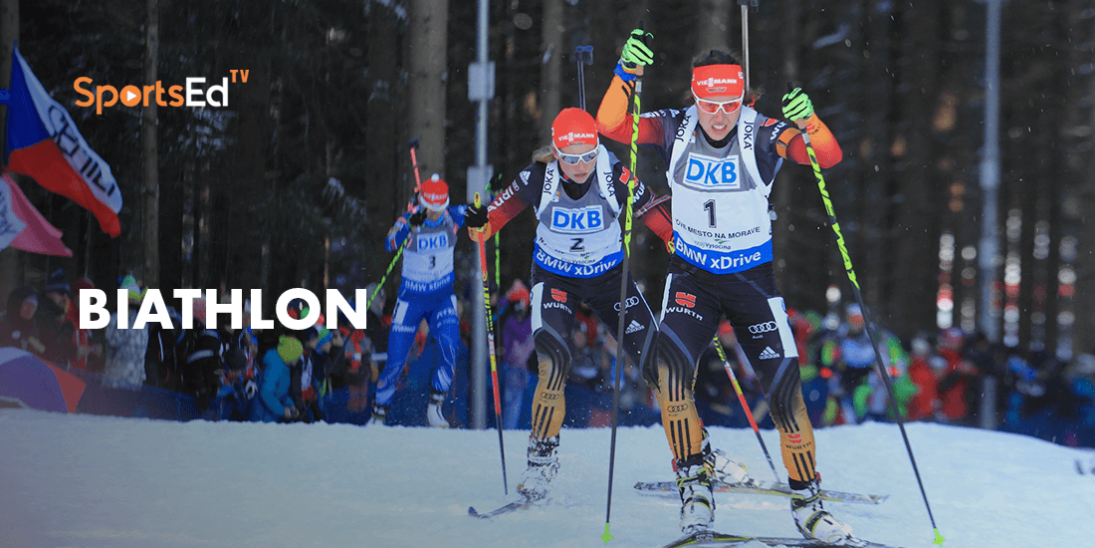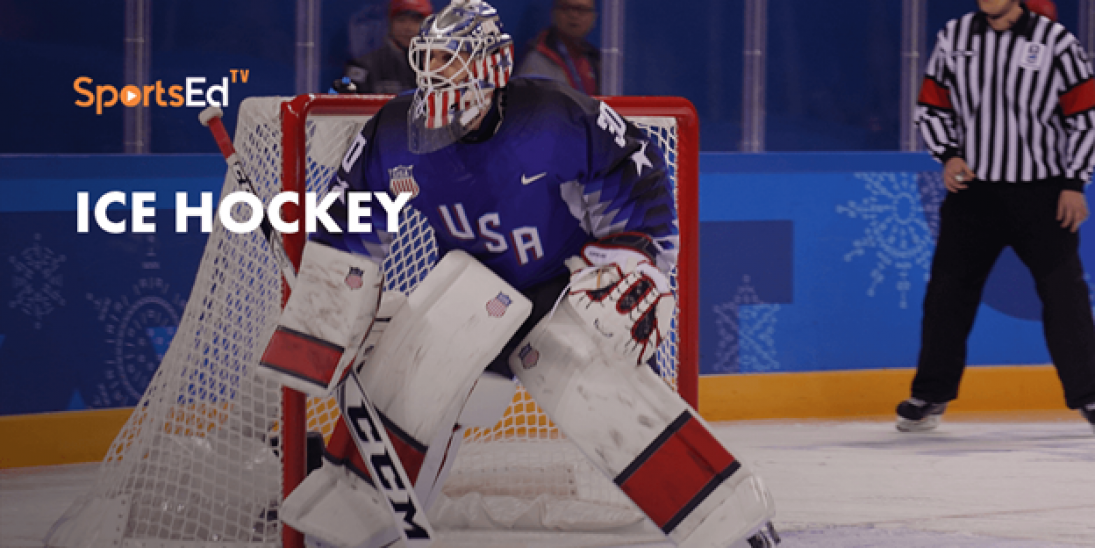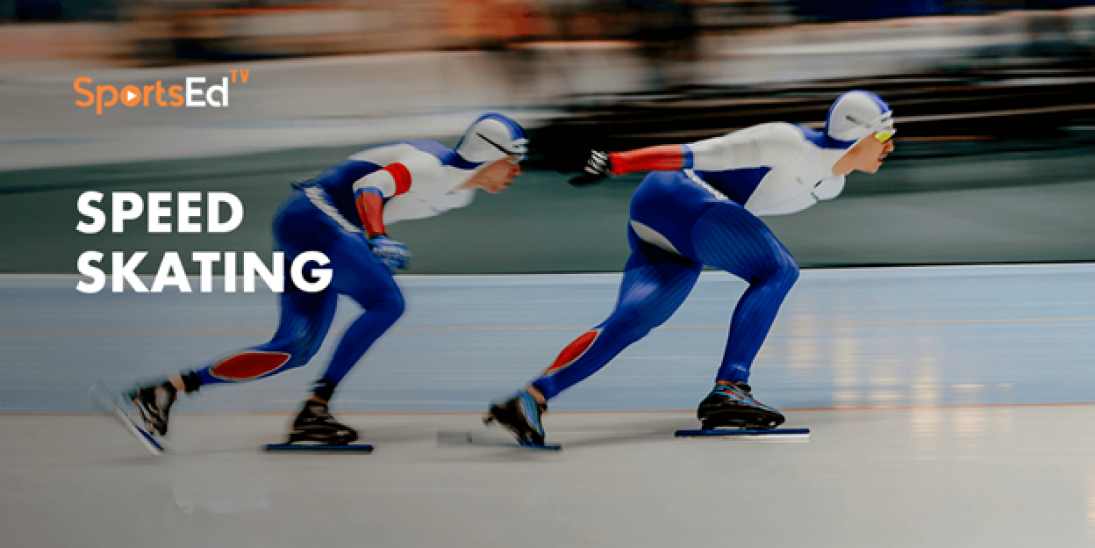Winter Sports
Welcome and thanks for visiting...

Basics of Short Track Competition
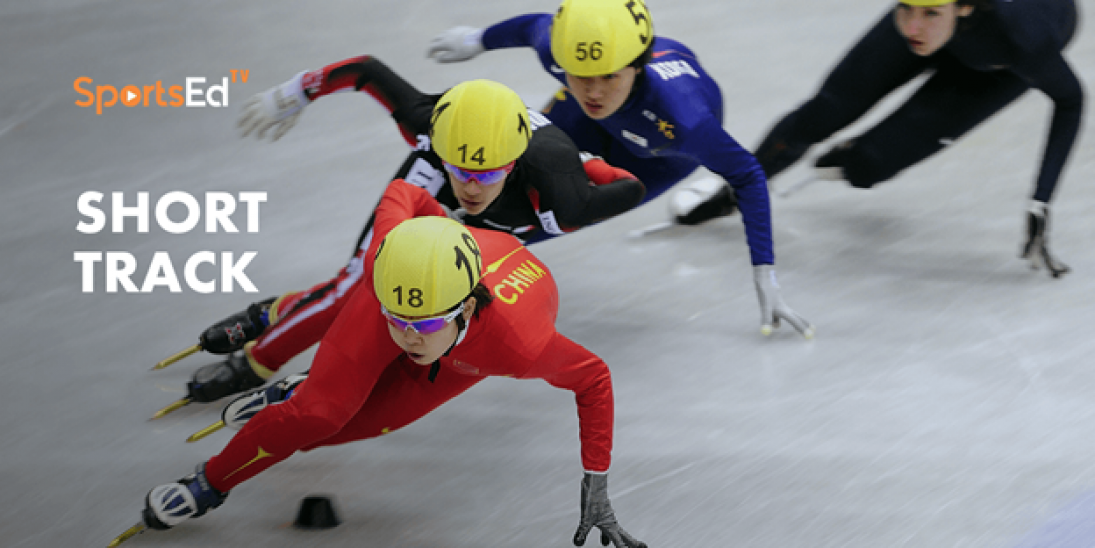
Lightning quick and exhilarating to watch short track speed skating is a fast and furious sport with individual and relay events for men and women. The track is an oval of 111.12 meters (versus the 400m of speed skating) and races are run counterclockwise.
The start of the race is critical to a short-track skater as they attempt to gain an advantage in the ready position. The athlete positions their rear skate parallel to the starting line and between 60 to 80 centimeters behind the starting line. The ready position will also feature a moderate degree of knee flexion in the rear leg of approximately 70 degrees, which allows for an increased range of motion for force application during the push-off.
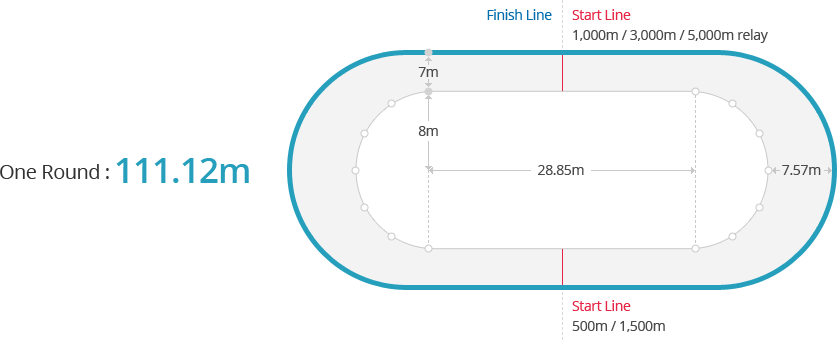
Skaters will follow a pattern of forceful knee and hip extensions, followed by foot planting of the opposite leg during the first five to six strides. After these initial few strides, the skater will enter the first corner and must alter their technique. In short, track the oval track means athletes are skating around corners for the majority of the race, so executing those corners with control and good technique is vital.
Entering a corner in short track, the skater performs leg crossovers as they begin to each turn. The second section of the move through a corner, it's called the hang in which the skater travels around the apex of the corner, supported solely on the right blade to maintain balance. The athlete wearing cut-resistant gloves also makes contact with the ice with their left hand. This helps with stability through the turn to offset the centrifugal forces generated by passing through a corner.
The athlete must mean their body towards the inside of the turn to increase the friction between the ice blade and the ice surface. The angled form in the turn is approximately 37 degrees to the ice surface. The faster the skater goes, the smaller the angle. However, even the greatest technique does not guarantee success, with skaters moving at a lightning-fast speed only centimeters from their rivals. Collisions are a regular occurrence in short track. The winner of the race is the athlete whose skate edges over the line first.
SportsEdTV Contributor Roger Scott blogs in more depth on speed skating.

